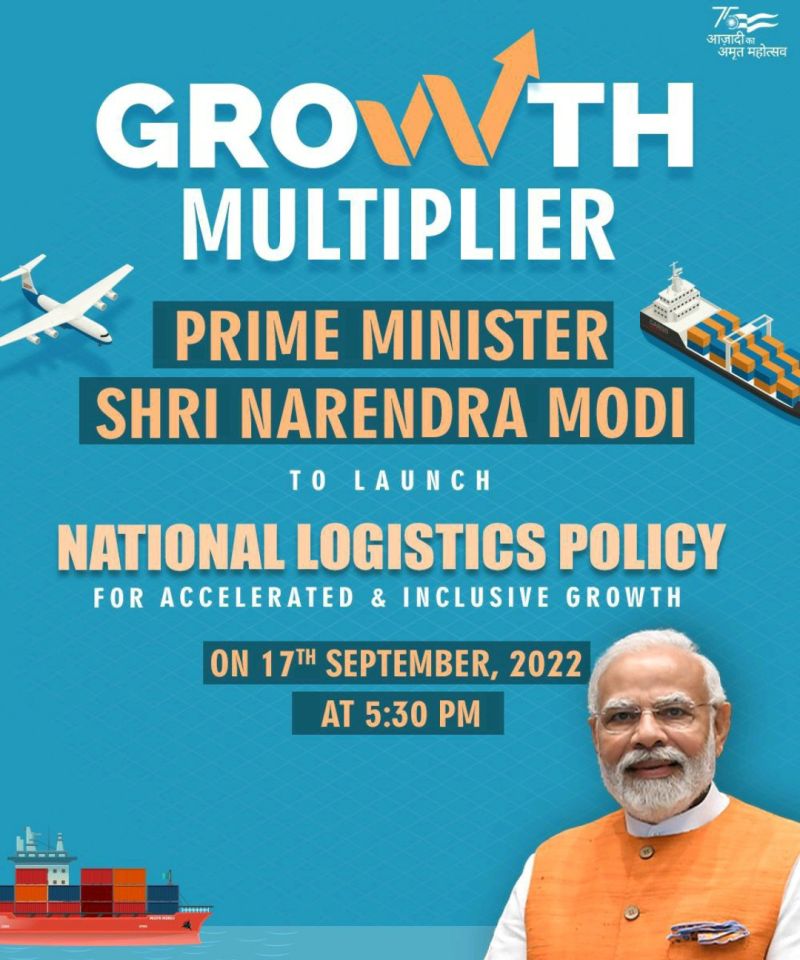Medilytix Bureau :To give a fillip to the country’s logistics sector, Prime Minister Narendra Modi will unveil the National Logistics Policy (NLP) on September 17 in what’s billed as the country’s first holistic approach to the $150 billion sector. The objective of the policy is to facilitate a seamless flow of goods across India. The policy was found to be mentioned for the first time in the Union Budget 2020 by Finance Minister Nirmala Sitharaman . The policy will provide a major boost to the sector, with the aim of strengthening and streamlining India’s logistics sector. The expected focus areas in the policy include process re-engineering, digitization, multi-modal transport, etc.
The government has repeatedly emphasised the need to bring down logistics costs in the country from the current levels of 13–14 per cent of GDP. While logistics costs in developed economies range between 8 and 10%, the Indian government is attempting to bring the country’s logistics costs in line with those of developed economies. The value of the Indian logistics market is estimated at over $200 billion. The sector provides livelihoods to more than 22 million people.
Industry stakeholders are upbeat over the news of NLP being rolled out, which could be a game changer for the sector. Notably, aligned with the NLP’s broader goals, the government launched the PM Gati Shakti master plan last year to promote multimodal connectivity infrastructure.
The move is significant because high logistics costs bring down the competitiveness of domestic goods in the international market. “The difference between the logistic cost to GDP, in India at 14 per cent and in the developed world at 8 per cent, is very significant,” said Mahendra Shah, Chairman and Managing Director, V-Trans (India) Ltd.


